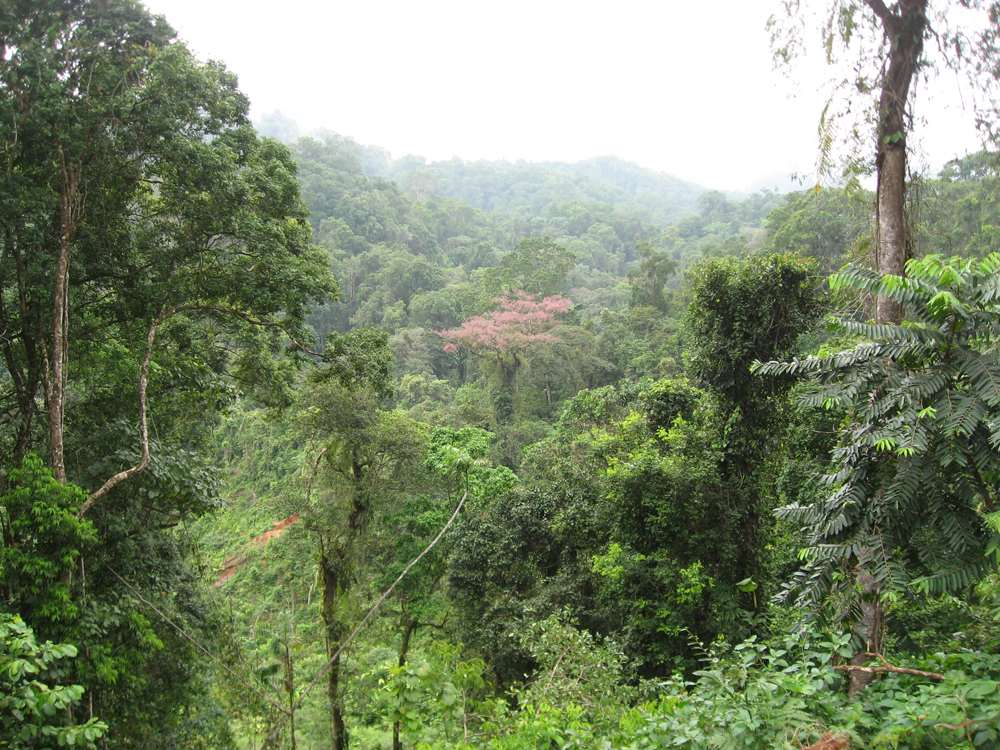Discovering New Plant Species in the Field—and in the Herbarium, Part One
Posted in New Plant Discoveries on December 4, 2014 by Douglas Daly
Douglas C. Daly, Ph.D., is the Director of the Institute of Systematic Botany and the B. A. Krukoff Curator of Amazonian Botany at The New York Botanical Garden. Among his research activities, he is a specialist in the Burseraceae (frankincense and myrrh) family of plants.

Plant scientists discover and publish about 1,850 new species each year worldwide. That pace has not changed much since 1970, meaning that, although we have already described about 350,000 plant species, we still have a steep “learning curve” and a very long way to go before we come close to documenting all the world’s species of plants.
In this series of posts, I’ll describe some of the challenges that plant taxonomists face in their quest to discover new species. I’ll also explain why that work is so important in the effort to conserve plant life on Earth, using two recent examples from my own work in the genus Dacryodes, a group of about 60 related species of tropical trees.
People are often surprised to learn that most new species are “discovered” in a herbarium, the repository of preserved plant specimens collected by scientists on field trips. Yet that is not surprising if you think of a herbarium as a distillation of the plant life in the regions where scientists have worked. A large herbarium like the NYBG’s William and Lynda Steere Herbarium—which has 7.4 million specimens—represents literally millions of hours of field work and millions of miles flown and hiked and paddled. The results—the specimens—are all under one roof.
There is a shockingly long average lag time of 35 years between the first collection of a new species and its publication, but there are three main reasons for this. Taxonomists almost always need several specimens on which to base the conclusion that something is new and to describe it fully, and finding those specimens takes time. Second, there are simply not enough taxonomists, nor enough hours in a taxonomist’s day, to name the world’s flora in a reasonable period of time.
Finally, the plant scientist who specializes in a given family of plants must cross paths with the specimens of the new species in that family as he or she examines thousands of specimens in dozens of herbaria, often in many countries. We are looking for multiple needles in multiple haystacks.
Perhaps the greatest challenge regarding the knowledge we are able to gain during our studies of plant groups is ensuring that that knowledge contributes to conservation and management of plant resources. Our work in discovering new species is useful only if we make connections with policy-makers and resource managers.

